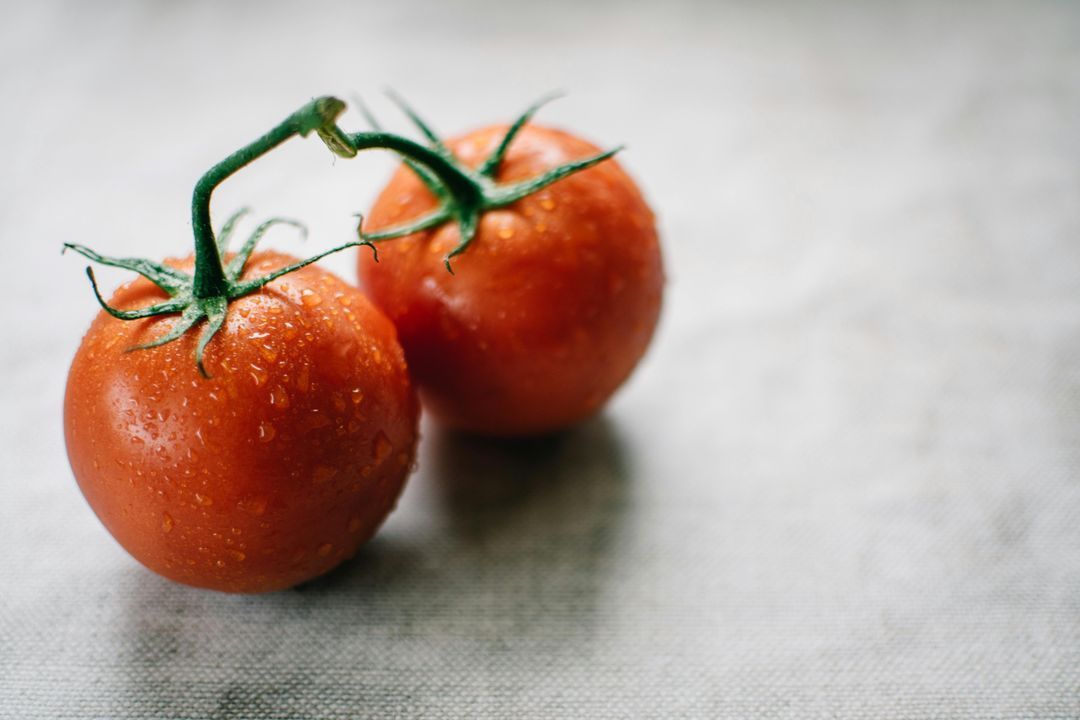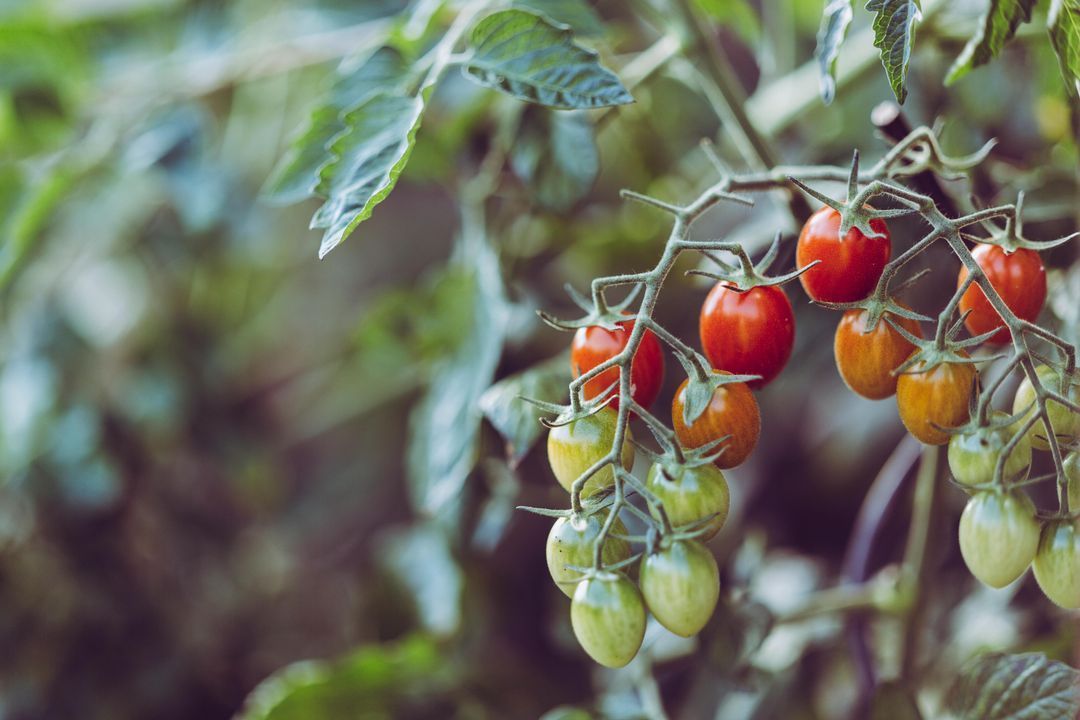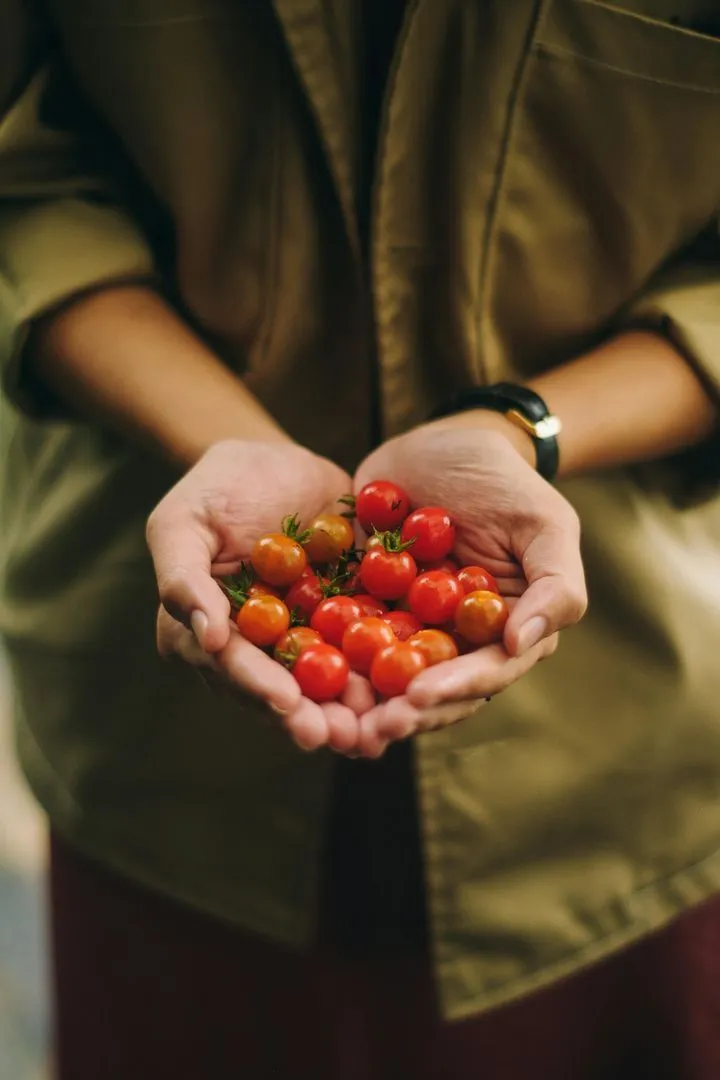Growing Tomatoes: All the Tricks of the Trade for a Master Harvest

Imagine a late June day, the sun high, the intense aroma of basil in the air... and in the middle of the garden, bunches of shiny red tomatoes hanging proudly from the branches. If this sounds like an experts dream, youre wrong: with the right care, even a city balcony can give you the satisfaction of a seasoned farmer.
In this article, youll discover the most precious secrets of tomato cultivation, gathered from farmers, enthusiasts, and expert gardeners. Ready to get your hands dirty?
🌱 First rule: the land commands
Tomatoes are generous, but require suitable soil: well-drained, humus-rich, and slightly acidic (pH 6-6.8). Dig deep, as old farmers taught us: at least 30 cm , incorporating well-rotted compost or aged manure. The more fertile the soil, the stronger the plant will be.
🔍 Tip of the trade: Add sifted wood ash for a natural potassium boost.
🌞 Sun and heat: the lifeblood of sweetness

Tomatoes love sun more than anything else. 6-8 hours of direct light a day is the minimum. Without it, the plants grow thin, with sterile flowers. Choose a southern or southwest exposure.
💧 Water wisely: never on the leaves, only at the base. A little and often is better than all at once. The ideal? Drip irrigation or inverted bottles buried with holes.
Pruning and thinning: an underrated art
Every superfluous branch is a thief of energy. Axillary shoots (female shoots) should be removed as soon as they appear, especially in indeterminate varieties (those that grow continuously).
🔧 Expert trick: use the “finger scissors”: break the young females with your hands, avoiding cuts and wounds.
🪴 Deep transplant, robust plants

When you transplant the seedling (after the first 20-30 days in the seedbed), bury it up to the first true leaves . The underground stem will produce adventitious roots, making the plant more stable and resistant.
🌬 Protect young plants with a natural mulch: straw, dry leaves, or a biodegradable sheet. It reduces weeds, conserves moisture, and keeps many diseases at bay.
🍅 Choose the right variety for you
Not all tomatoes are the same, and each variety has its own personality:
- Beef heart : meaty and very sweet, perfect raw.
- San Marzano : the king of sauce, rich in pulp.
- Datterino : small, sweet and resistant.
- Regina : to be kept hanging, as was done in the Apulian trulli.
🌿 Virtuous associations : plant basil between the rows to improve the flavor of the tomatoes and keep aphids and mosquitoes away.
⚔️ Natural defenses against disease

Powdery mildew, downy mildew, and botrytis are known enemies. But chemicals arent necessary if you take preventative measures:
- Spray nettle maceration or horsetail decoction every 10 days.
- Do not wet the leaves.
- Prune to promote air circulation.
🛡 Copper? Use it only when necessary and in minimal doses. Prefer natural remedies and crop rotation.
🎯 Latest tricks for a perfect harvest
✅ Always plant during the waxing moon (according to many farmers, it promotes more luxuriant growth).
✅ Harvest tomatoes in the morning , when they are fresh and full of flavor.
✅ Save the seeds of the best plants: the following year you will have tomatoes that are increasingly suited to your soil.
Conclusion
Growing tomatoes isnt just a matter of technique, but a ritual of patience, listening, and gratitude toward the earth. Whether you have a garden in the countryside or a few pots on your terrace, each fruit will be the reward of your time and care.
🍅 Hands in the soil, heart in the sun... and a good harvest!

gourmet
Data di inserimento 30 apr 2025
Report article


Comments
There are no comments yet.